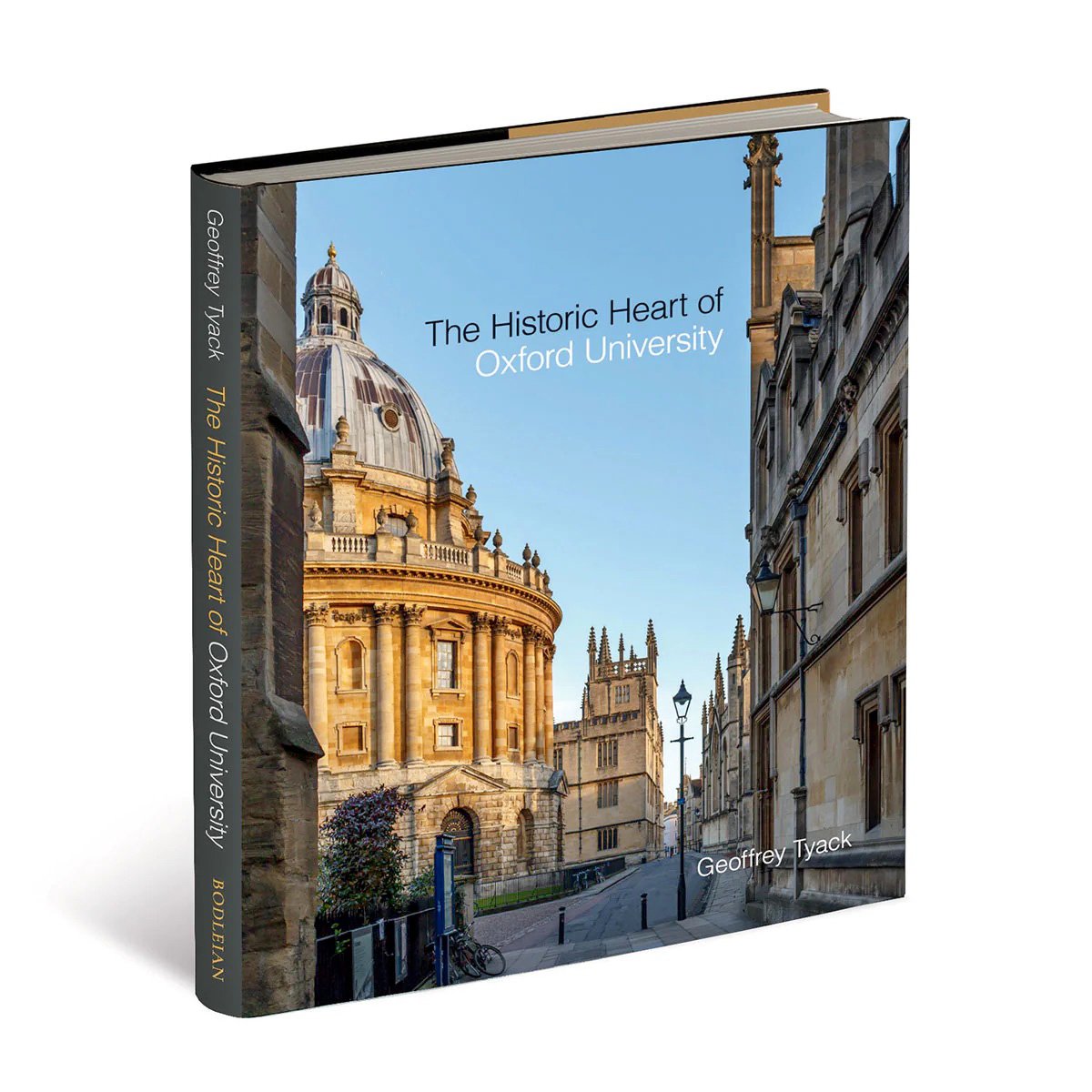PUBLICATIONS
NEW! - OXFORD LIBRARIES ARCHITECTURE
“…a fitting tribute to the architectural splendour of Oxford’s libraries but also a genuine contribution to library history…
Paton’s photographs bring vividly to life spaces that are in many cases completely inaccessible to tourists.
...this is a book of both words and images, and Tyack’s lucid prose finds a match in Paton’s magnificent photography.
THIS is a sumptuous book, full of insight and lavishly illustrated with brilliantly evocative photographs by Dan Paton.”
Discover over fifty stunning University libraries dating from the thirteenth to the twenty-first centuries. Explore over eight hundred years of architectural styles in this illustrative anthology.
Historically, Oxford’s libraries were treasure troves of knowledge open to scholars only. Today, they serve as sources of learning and teaching for thousands of students and readers.
Attracted to the growing influence of the University, wealthy donors have given generously to the building of Oxford’s libraries over the years. Explore the architectural feats made possible by this generosity, which remain landmark features of Oxford’s visual identity. The city proper boasts a range of architectural styles, from medieval wooden stalls to the asymmetrical stainless steel and glass of the twenty-first century.
With exquisite, specially commissioned photography, this beautifully illustrated book invites readers through the doors of over fifty iconic libraries, revealing how they are steeped in history, learning and cultural change.
“This book is full of magic. ”
THE HISTORIC HEART OF OXFORD UNIVERSITY
Oxford’s university buildings are world-famous. Over eight centuries, starting in the twelfth century, the University – the third oldest in Europe – gradually occupied a substantial portion of the city, creating in the process a unique townscape containing the Bodleian Library, the Sheldonian Theatre and the Radcliffe Camera.
This book tells the story of the growth of the forum universitatis – as the architect Nicholas Hawksmoor called it – and relates it to the broader history of the University and the city. Based on up-to-date scholarship, and drawing upon the author’s own research into Oxford’s architectural history and the work of Christopher Wren, Nicholas Hawksmoor, James Gibbs and Giles Gilbert Scott, each of the eight chapters focuses on the gestation, creation and subsequent history of a single building, or pair of buildings, relating them to developments in the University’s intellectual and institutional life, and to broader themes in architectural and urban history.
Accessible and well-illustrated with plans, archival prints and specially commissioned photography, this book will appeal to anyone who wishes to understand and enjoy Oxford’s matchless architectural heritage.


